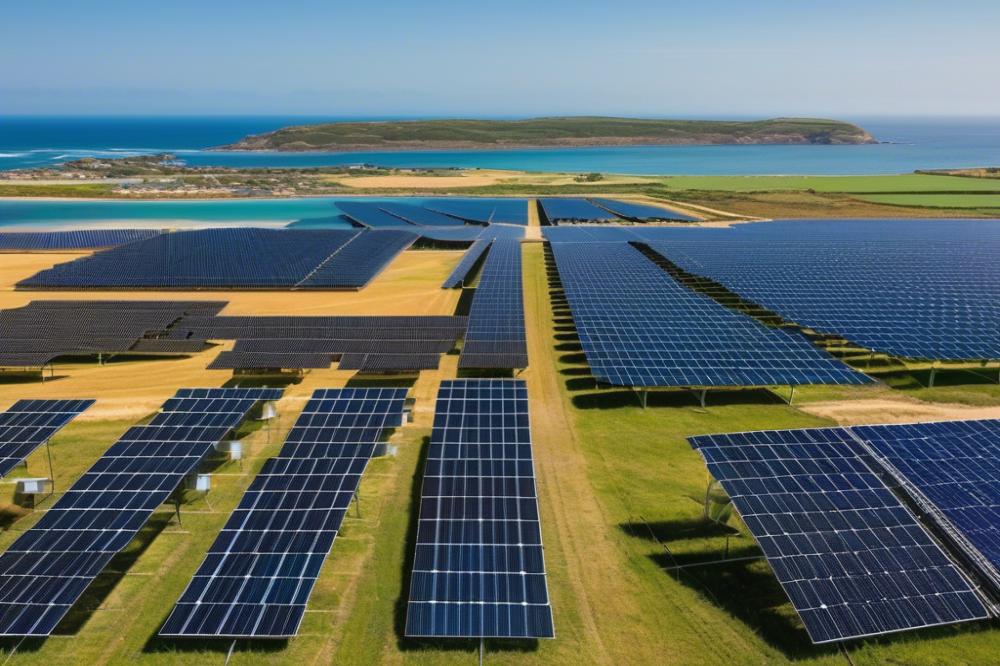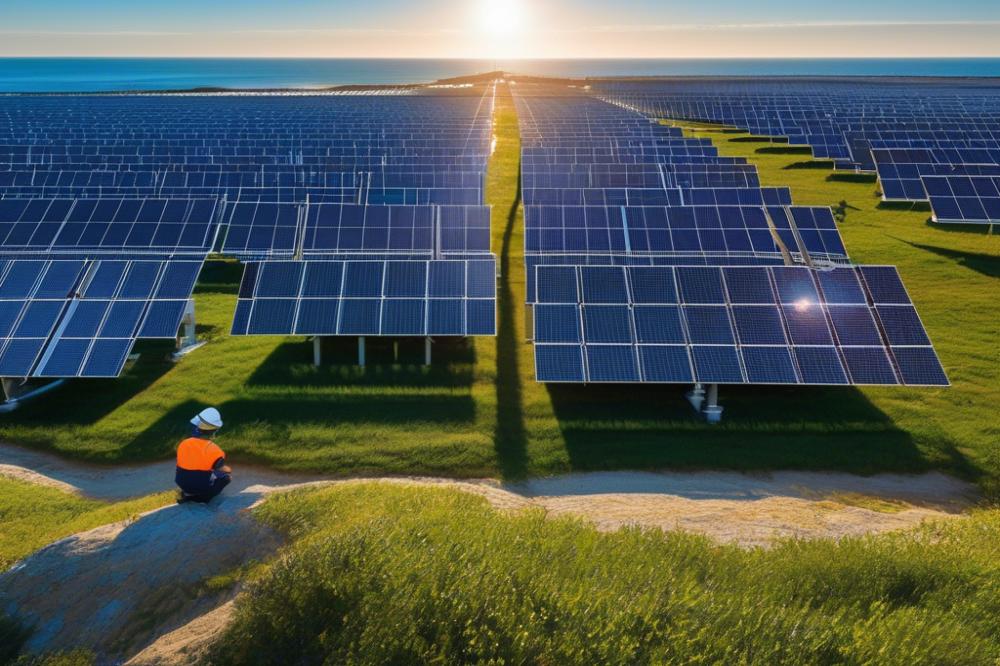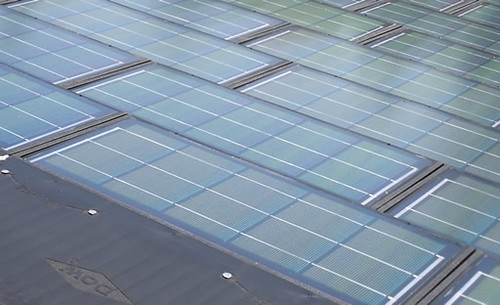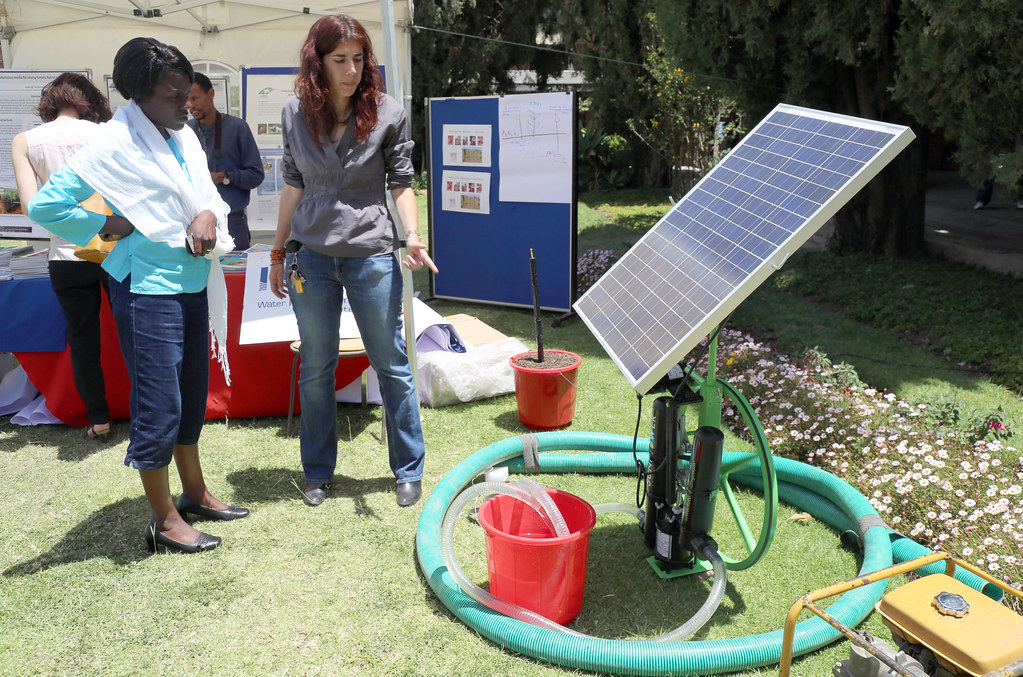Protecting Solar Installations from Sand and Salt
The rise of renewable energy has made solar installations increasingly vital for sustainable development. These systems convert sunlight into electricity, helping to reduce reliance on fossil fuels. In recent years, an increased focus on green energy has led to more photovoltaic systems being set up in various environments. However, specific challenges arise in coastal and arid regions where environmental factors can significantly impact performance.
Sand and salt are two of the most common threats to solar panels in these areas. Sand can accumulate on surfaces, diminishing energy output. Dust and other particles settle, obstructing sunlight. Salt, particularly in coastal zones, can corrode metal components, damaging connections and causing long-term issues. Weatherproofing against these elements is crucial in maximizing a solar installation’s lifespan and efficiency.
Aside from installation concerns, the significance of regular solar installations maintenance cannot be overstated. Keeping panels clean is necessary for performance optimization. This involves regular solar panel cleaning to eliminate debris and residue build-up. Adopting installation best practices also plays a role in preventing corrosion. A well-defined maintenance schedule can address potential issues before they become major problems. The goal is to provide ongoing salt protection and sand protection to prolong the system’s effectiveness.
Understanding the delicate balance between nature and technology in these unique environments is essential. Proactive measures in maintaining solar installations can lead to better performance and longevity, guaranteeing renewable energy remains a steadfast solution for years to come.
Understanding Environmental Factors

Sand and salt are significant threats to solar installations, especially in coastal and arid regions. These environmental factors can cause severe damage if not addressed promptly. When high winds carry sand, it can lead to abrasion on the surface of solar panels. This process reduces the panels’ efficiency and can even scratch the glass. Over time, frequent exposure takes a toll on photovoltaic systems, leading to costly repairs.
Salt presents its own set of challenges. On coastal installations, salty air creates a corrosive environment. Salt particles can accumulate on solar panels, resulting in diminished performance. Corrosion can affect both the metallic components and the wiring. This degradation, if left unchecked, may drastically shorten the lifespan of the system. Weatherproofing becomes crucial in preventing these issues.
Effective sand protection measures can include installing barriers or conducting routine solar panel cleaning to remove any buildup. Additionally, a proactive maintenance schedule is essential. Addressing these threats allows for better performance optimization of solar systems. Installation best practices should always incorporate ways to mitigate the risk of these environmental dangers. Salt resistance in components and protective coatings can greatly enhance durability.
Moreover, understanding the specific needs based on geographic location can further aid in safeguarding solar installations. Regular checks for wear and tear, and using the right materials, leads to longer-lasting systems. All these precautions are vital in maintaining efficiency amidst harsh conditions.
Sand Protection Strategies

Installation Best Practices to Minimize Sand Exposure
When planning solar installations in sandy areas, careful thought during the setup can make all the difference. Providers should focus on positioning solar panels at optimal angles. This reduces direct exposure to blowing sand. Elevated mounting can create a buffer against the violent winds that often carry particles. Furthermore, selecting locations away from natural sand drifts can prove beneficial. Adequate spacing between panels allows for better airflow, which helps keep components cleaner.
Use of Anti-Sand Coatings and Protective Barriers
Innovative materials are increasingly used to protect photovoltaic systems from the harsh effects of sand. Anti-sand coatings are specially designed to repel particles. These coatings provide an extra layer of defense. Protective barriers, such as low walls or even fences, can shield solar installations from direct sand blasts. These structures not only help in keeping systems clear, but they can also act as windbreaks. This added protection enhances the longevity of the panels.
Importance of Regular Solar Panel Cleaning
Regular solar panel cleaning is crucial for maintaining energy output. Dust and sand accumulation can severely impact performance optimization. When panels are not cleaned frequently, their efficiency drops. A simple maintenance schedule for cleaning can improve power generation significantly. It’s not just about dirt; sand can scratch surfaces and harm protective layers over time.
Scheduling Cleaning Based on Local Environmental Conditions
Determining the right time for cleaning solar panels depends largely on the surrounding environment. In coastal regions, conditions may change with the tides, so regular checks are essential. Arid areas may experience more frequent sandstorms, which necessitate a more aggressive cleaning routine. Keeping track of weather patterns can guide maintenance efforts. This proactive approach helps in maximizing the performance of solar panels, ensuring they remain effective despite challenging conditions.
Salt Protection Strategies
Weatherproofing Techniques for Coastal Installations
Coastal locations face significant challenges due to salt exposure. Weatherproofing techniques can play a crucial role in protecting solar equipment. Installing solar panels with specialized coatings is one effective approach. These coatings create a barrier against salt and moisture exposure. Additionally, utilizing robust enclosures helps shield vulnerable components. Proper sealing around edges and junction boxes is essential. Following installation best practices will also enhance durability.
Corrosion Resistance Measures for Materials and Structures
Corrosion is a common enemy of solar installations in coastal regions. When choosing materials, select those specifically designed for harsh environments. Stainless steel and aluminum alloys provide good corrosion resistance. Using these materials can significantly prolong the lifespan of photovoltaic systems. Furthermore, protective treatments can enhance the longevity of metal components. Avoiding materials that corrode easily will save money in the long run. Tailoring choices to withstand environmental factors makes a difference.
Regular Inspections for Salt Damage
Routine inspections are vital for maintaining solar installations. These checks should focus on areas most affected by salt exposure. Look for signs of rust, flaking, or deterioration on metal parts. Early detection of damage can prevent larger issues. Maintaining a consistent maintenance schedule is essential. Observing the condition of solar panels and wiring is also critical. By addressing even minor problems promptly, the overall system can perform optimally.
Methods to Mitigate Salt Deposition on Solar Panels
Salt deposition on solar panels can significantly affect energy production. Regular solar panel cleaning helps minimize buildup. Consider using soft brushes and mild detergents, as abrasive materials can cause scratches. Rain can also help wash away some salt, but it’s not always reliable. Implementing a cleaning schedule based on local conditions is advisable. Using angle adjustments during installation can deter excessive salt from settling. Finally, envision installing barriers to block direct salt spray from reaching the panels.
Maintenance Schedule for Optimal Performance
Developing a comprehensive maintenance schedule is crucial for extending the lifespan of photovoltaic systems. Coastal and arid regions present unique challenges. Sand and salt can wreak havoc on solar installations if not properly managed. A solid plan is essential for keeping solar panels in top condition.
Frequency of Cleaning and Inspections in Different Climates
In arid areas, dust builds up on surfaces quickly. Therefore, solar panel cleaning should occur every few weeks. Coastal climates pose different problems. Salt from ocean air can corrode materials over time. Inspecting installations every three months for salt protection is advisable. Both climates require regular vigilance.
Balancing Maintenance Efforts with Performance Optimization
Finding the right balance is necessary for keeping efficiency high. Over-cleaning can damage protective coatings. Yet, neglecting to maintain systems can lead to reduced energy output. Regular assessments help determine when panels need attention without compromising weatherproofing and corrosion resistance. Prioritize key areas that are prone to environmental factors.
Documentation and Tracking of Maintenance Activities
Keeping detailed records enhances accountability. Tracking maintenance activities helps identify patterns and needed improvements. A spreadsheet can work well for this purpose. Ensure all cleaning dates and inspections are noted. This information supports any future adjustments in installation best practices. Review documents regularly to stay on top of necessary tasks.
Wrapping Up: Key Takeaways for Solar Installation Care
Protecting solar installations from environmental threats such as sand and salt is not merely a matter of maintenance; it’s a necessity. Coastal and arid regions present unique challenges that can significantly reduce the efficiency of solar panels. Sand can hinder sunlight absorption, while salt can corrode components. Ensuring these systems remain functional requires awareness and action.
Proactive maintenance strategies can make a significant difference. Routine cleaning and inspections can prevent the buildup of sand and salt, extending the life of solar panels. Using proper protective measures, such as installing barriers or applying special coatings, effectively reduces risks. This way, users can enjoy maximum energy output from their systems.
Final thoughts emphasize the importance of adapting to local conditions. The longevity of solar systems in harsh environments requires attention to both sand and salt protection. Those who invest time in maintaining their installations will reap the rewards. Efficient solar energy is not just about installation; it’s about understanding the environment and taking steps to shield equipment from its challenges. By prioritizing smart maintenance practices, users can amplify the benefits of their solar energy investments.



